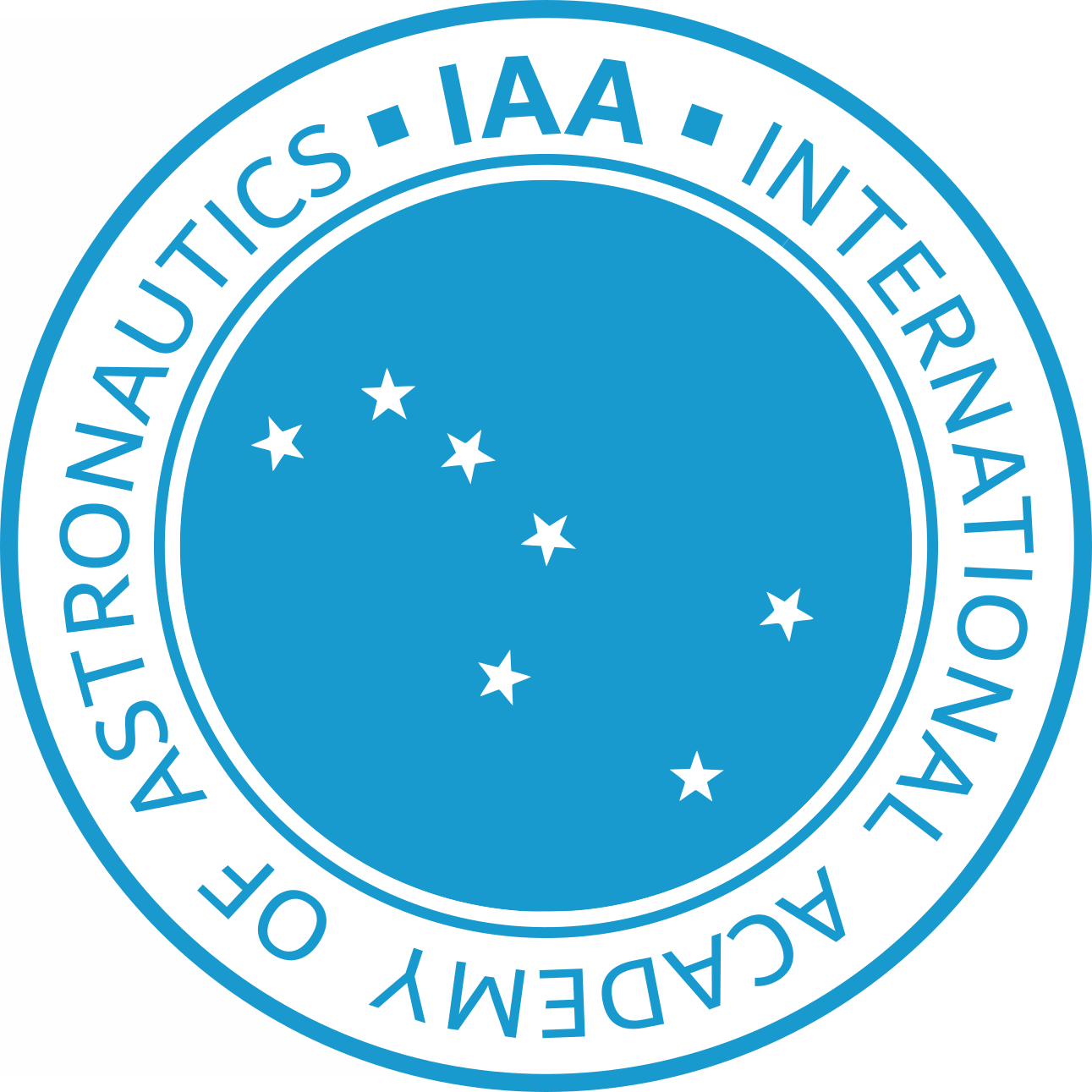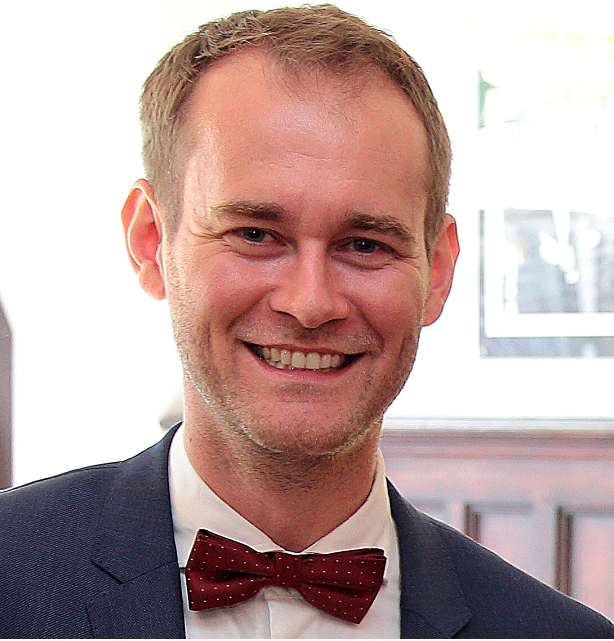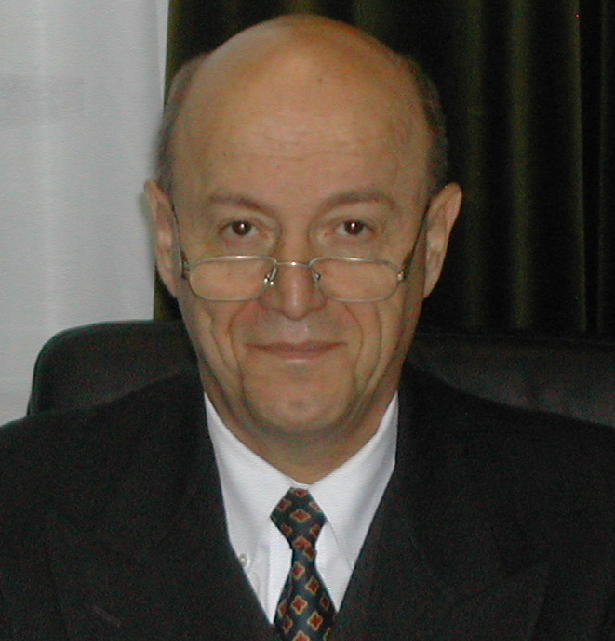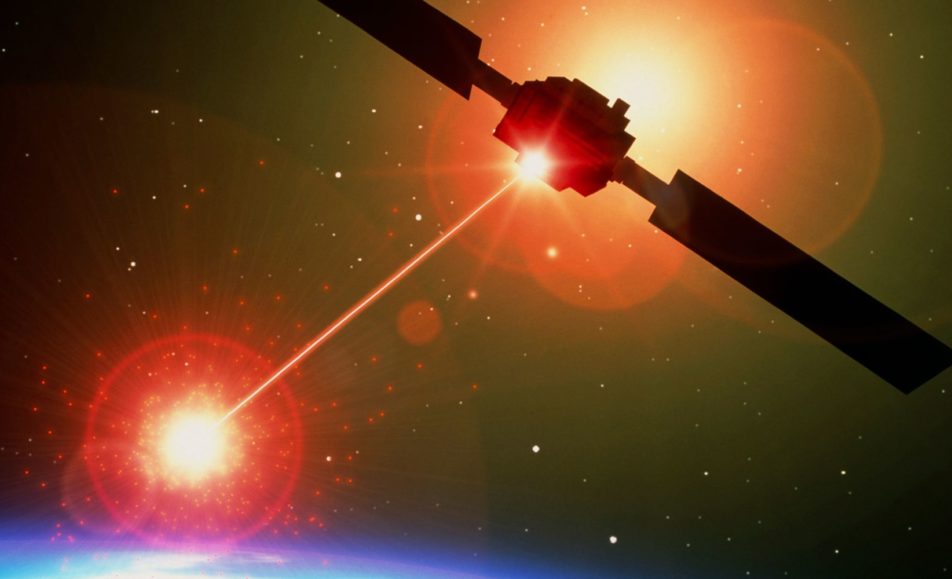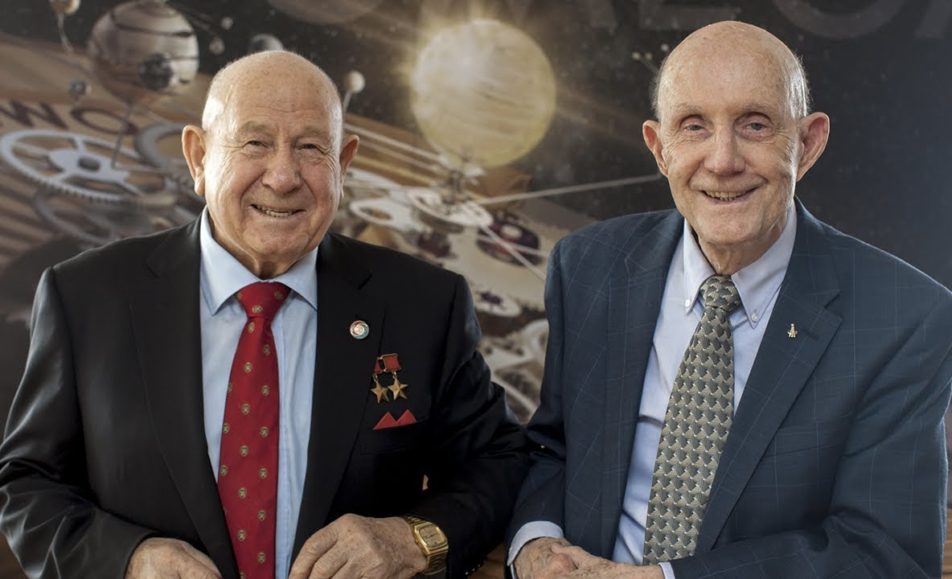The International Academy of Astronautics held the 12th IAA Symposium on Small Satellites for Earth Observation in Berlin, Germany on 06-10 May, 2019.
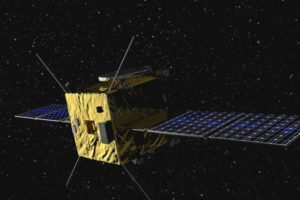
SSSEO 2021 Call for Papers will be available soon.
Conference proceedings are available here.
Conference report is available here.
Final Program is available here.
The great number of scientists, engineers, and managers who participated in the hitherto existing symposia reflects the high interest in the use of small satellites for dedicated missions applied to earth observation, from scientific earth observation missions to technology demonstration missions.
These types of missions can be conducted relatively quickly and inexpensively and provide increased opportunity for access to space
The spacecraft bus and instruments can be based either on optimized off-the-shelf systems, with little or no requirements for new technology, or on new high-technology systems. Thus a new class of advanced small satellites, including autonomously operating “intelligent” satellites may be created, opening new fields of application for scientific purposes as well as operational, public and commercial services.
The symposium provided a forum for scientists, engineers and managers to exchange information about planned and on-going programs and missions, and present new ideas, covering small satellite mission objectives as well as technology and management aspects for dedicated earth observation satellites.
SCHEDULE
| June 30, 2020 | Call for Papers |
| November 11, 2020 | Abstracts Due |
| December 05, 2020 | Notification to authors |
| December 15, 2020 | Final Announcement |
| January 31, 2021 | Extended abstract due |
| April 26, 2021 | Final paper due |
| April 26-30, 2019 | 16th Symposium |
| June 2021 | Proceedings |
The past SSSEO Conferences are available on this website.
Day 1: Tuesday, April 27th, 2021
Opening & Welcome Ceremony
Keynote: Sir Martin Sweeting (SSTL),
40-year anniversary of UoSAT-1
Session 1:
Xie Chengyin et al. (Spacety),
China’s first small commercial SAR satellite-“Hisea-1” satellite and Typical applications
Josef Mittermayer et al. (German Aerospace Center),
A Novel MirrorSAR Concept for Augmenting the Next German Synthetic Aperture Radar Mission HRWS with Single-Pass Interferometry
Marco Grasso et al. (University of Naples Federico II),
An investigation on the feasibility of Formation-Flying SAR systems based on modular Plug-and-Play CubeSat
Helena Cruz et al. (Universidade de Lisboa),
Embedded Fault-Tolerant Architecture for On-Board Synthetic-Aperture Radar Backprojection
Keynote: TBC
Session 2:
Bastiaan Lagaune et al. (OHB Sweden),
Arctic Weather Satellite, A microsatellite constellation for improved weather forecasting in Arctic and globally
Wim De Munter et al. (KU Leuven),
Affordable Quality Data from Space (AQUALIS)
Stefan Livens et al. (Vito),
Advancing hyperspectral CubeSat monitoring with the CSIMBA IOD mission
Andrew Haslehurst et al. (Surrey Satellite Technology Ltd),
DarkCarb: An Innovative Approach to Infrared Imaging
Murray Kerr et al. (DEIMOS Space S.L.U.),
EO-ALERT: A Novel Architecture for the Next Generation of Earth Observation Satellites Supporting Rapid Civil Alerts
Anita Bernie et al. (KISPE Space Systems Limited),
Charting The Growth Of The Open Source Space Ecosystem
Day 2: Wednesday, April 28th, 2021
Keynote: Shinichi Nakasuka (University of Tokyo),
20-year history and future vision of micro/nano/pico-satellites in Japan
Session 3:
Maximilian Boettcher et al. (IRS Uni Stuttgart),
Single event upset observations on the “Flying Laptop” satel-lite mission and their effective containment through FDIR concepts
Jeroen Buursink et al. (Luxspace Sárl),
IOC by telco: ESAIL platform commissioning
Jeroen Cappaert et al. (Spire Global UK Ltd.),
Preliminary results from Spire-ESA public-private partner-ship
Craig Underwood et al. (Surrey Space Centre),
Three Years of Spaceflight Results from the AlSAT-1N Thin Film Solar Cell (TFSC) Experiment
Hirobumi Saito et al. (JAXA, Institute of Space and Astronautical Science),
Demonstration of 3.3Gbps down link communication from small LEO satellite
Edgar Paolo Violan et al. (Tohoku University),
Development of an On-Demand Operating Procedure for Earth Observation Missions of the Diwata-2 Microsatellite
Keynote: TBC
Session 4:
Francesco Fragnito et al. (SAB Launch Services),
SSMS HEX Module for 37 CubeSats – Aggregation and Integration from EU to French Guiana
Swaraj Bandhu Mahato et al. (Imec),
Multispectral CCD-in-CMOS Time Delay Integration imager for high resolution Earth observation
Noah Schwartz et al. (UK Astronomy Technology Centre),
Active deployable primary mirrors on CubeSat
Gerardo Petrone et al. (Teledife – Italian Ministry of Defence),
ARAMIS – Cubesat ISL Project
Mohammed Amin Rabah et al. (Algerian Space Agency),
Novel design for Nano satellite 4×1 patch antenna array for S band Applications
Jaime Esper (NASA GSFC),
Dione: A Pathfinder Mission for Understanding the Ionosphere-Thermosphere Responses to Magnetospheric Forcing.
Followed by Panel Discussion at 8 PM CEST
Day 3: Thursday, April 29th, 2021
Keynote: Chantal Cappelletti (University of Nottingham),
Challenges and chances in educational space programs
Session 5: Student Competition
Nicole Gress et al. (TU Berlin),
Utilizing Small Satellites with Earth Observation Capabilities for Satellite Operations Education
Matias Rittatore et al. (Luleå University of Technology),
APTAS – The arctic student CubeSat
Julian Zecherle et al. (University of Applied Sciences Jena),
The Conceptual Optical Design for a Lightning Monitoring Nanosatellite
Alan Pitthan Couto et al. (Universidade Federal de Santa Maria),
Investigation of Flower Constellations of Small Satellites for the Brazilian Territory Coverage
Paloma Maestro Redondo et al. (Luleå University of Technology),
ASTER: Developing a High Performance Attitude Controlled Platform for Low-Cost Experiments
Session 6: Young Professional Competition
Yaroslav Mashtakov et al. (KRAS),
Differential drag control for nanosatellite triangular formation flying
Cristobal Nieto-Peroy et al. (Luleå University of Technology),
A hardware-in-the-loop simulation testbed for validation of small satellite technologies
Duarte Galvao et al. (INESC-ID/IST),
ECSS-E-ST-50-15C Compliant CAN for Space Systems
Lucinda King et al. (Surrey Space Centre),
Optimising GNSS Reflectometry on Small Satellites for Sensing Land Parameters
Callum Middleton et al. (Surrey Space Centre),
Field Trials of CHAFF: CubeSat Hyperspectral Application For Farming
Evening Event: Symposium Awards and Social Online Event at 8 PM CEST
Program Committee
2021 IAA Small Satellites for Earth Observation
Co-Chairs:
| Rainer Sandau | IAA Technical Director |
| Klaus Briess | Technical University of Berlin |
Members:
| Matthias Hetscher | DLR |
| Martin von der Ohe | Technical University Berlin |
Local Organizing Committee
All media needs to be accredited to access the venue. A link to media accreditations will be provided.
Find the leaflet including topic areas for papers...
Leaflet
Leaflet will be soon available here.
Find the submission process including templates and info regarding the student competition...
Abstract Submission
under construction
Information to apply for sponsorship...
Sponsorship Information
under construction
Application for Scholarship
under construction
List of past conferences...
Past Conferences
1996 Berlin, Germany 1st IAA Symposium on Small Satellites for Earth Observation, November 1996.
1999 Berlin, Germany 2nd IAA Symposium on Small Satellites for Earth Observation, April 1999.
2001 Berlin, Germany 3rd IAA Symposium on Small Satellites for Earth Observation, April 2-6, 2001.
2003 Berlin, Germany 4th IAA Symposium on Small Satellites for Earth Observation, April 7-11, 2003.
2005 Berlin, Germany 5th IAA Symposium on Small Satellites for Earth Observation, April 4-8, 2005.
2007 Berlin, Germany 6th IAA Symposium on Small Satellites for Earth Observation, April 20-26, 2007.
2009 Berlin, Germany 7th IAA Symposium on Small Satellites for Earth Observation, May 4-8, 2009.
2011 Berlin, Germany 8th IAA Symposium on Small Satellites for Earth Observation, April 4-8, 2011.
2013 Berlin, Germany 9th IAA Symposium on Small Satellites for Earth Observation, April 8-12, 2013.
2015 Berlin, Germany 10th IAA Symposium on Small Satellites for Earth Observation, April 20-24, 2015.
2017 Berlin, Germany 11th IAA Symposium on Small Satellites for Earth Observation, April 24-28, 2017.
2019 Berlin, Germany 12th IAA Symposium on Small Satellites for Earth Observation, May 06-10, 2019.
The Berlin Brandenburg Academy of Sciences and Humanities, founded by Gottfried Wilhelm von Leibniz in 1700, stands for 300 years of support for research activities. It attained worldwide reputation and recognition as the Prussian Academy of Sciences. Its members have included the Brothers Grimm, Alexander von Humboldt, Max Planck, Lise Meitner and Albert Einstein. Throughout its history the Society could rank 78 Nobel Laureates among its members. There are bilateral agreements on scientific co-operation with about 20 Academies from around the world.
For further information please visit www.bbaw.de
The Symposium Venue:
Berlin-Brandenburgische Akademie der Wissenschaften (BBAW)
Jägerstraße 22/23, 10117 Berlin
under construction
Includes:
Event registration
Banquet
Includes:
Event Registration
Banquet
Includes:
Event Registration for Student
[Banquet *NOT INCLUDED* - Sold separately]
Includes:
Event Registration for One Day Only
[Banquet *NOT INCLUDED* - Sold separately]
Includes:
Banquet Ticket for Guest
Includes:
Banquet Ticket for Student
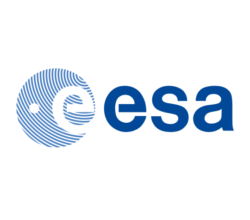
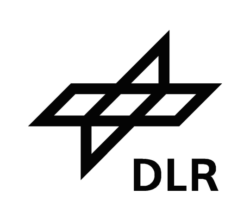
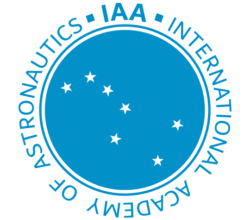
under construction
under construction
under construction
under construction
12th IAA SSEO Berlin, Germany
2019 Symposium
Under construction
Link to conference website
